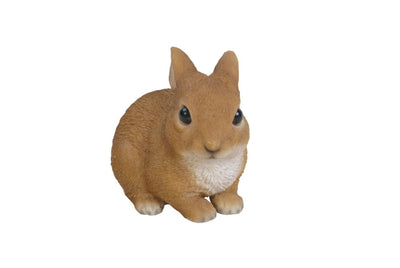Bird-Friendly Garden Decor Ideas That Are Stylish and Functional
Creating a bird-friendly garden that seamlessly blends style and functionality enhances your outdoor space while supporting local wildlife. Beyond the traditional birdbath, incorporating thoughtfully designed feeders, perches, and native plants can attract a variety of bird species, contributing to biodiversity and offering delightful bird-watching opportunities.
Stylish and Functional Bird Feeders
Integrating bird feeders that complement your garden's aesthetic can serve as both decorative elements and vital food sources for birds. Opt for feeders crafted from materials like metal, wood, or recycled glass to match your garden's theme. For instance, minimalist tube feeders suit contemporary spaces, while ornate designs enhance traditional settings. Placing feeders at varying heights and locations caters to different bird species and adds visual interest. Regular maintenance, including cleaning and replenishing food, ensures a healthy environment for visiting birds.
Inviting Perches and Shelter
Providing perches and shelter encourages birds to linger in your garden. Incorporate decorative elements such as trellises, arbours, or artistic branches that double as perching spots. These structures not only offer resting places but also enhance the garden's visual appeal. Planting dense shrubs or installing birdhouses offers shelter and nesting opportunities, creating a safe haven for birds to raise their young. Positioning these features near food sources and water encourages frequent visits.
Incorporating Native Plants
Utilizing native plants in your garden design is both environmentally beneficial and aesthetically pleasing. Native flora provides natural food sources, such as seeds, berries, and nectar, while offering habitat and shelter for birds. For example, in the eastern United States, incorporating sunflowers (Helianthus spp.) can attract seed-eating birds, while milkweed (Asclepias spp.) supports insects that are vital for many bird diets. In Canada, species like serviceberry (Amelanchier spp.) and red osier dogwood (Cornus sericea) offer berries that attract various bird species. Consulting local native plant guides or nurseries can help you select species suited to your region's climate and soil conditions.
Designing with Layers and Textures
Creating a garden with diverse layers and textures not only adds visual depth but also caters to different bird species' preferences. Incorporate a mix of ground covers, perennials, shrubs, and trees to provide various foraging and nesting opportunities. For instance, low-growing plants like coneflowers (Echinacea spp.) offer seeds, while taller trees provide nesting sites. This stratification mimics natural habitats, encouraging a wider range of bird species to visit.
Maintaining a Pesticide-Free Environment
To ensure a safe and healthy habitat for birds, avoid using pesticides and herbicides in your garden. These chemicals can harm birds directly or reduce insect populations that many birds rely on for food. Embracing organic gardening practices supports a thriving ecosystem where birds and beneficial insects can flourish.
Product in picture: ird Bath Fountain With Warm White Leds
By thoughtfully integrating stylish bird feeders, inviting perches, native plants, and diverse plantings, you can create a garden that is both beautiful and supportive of local bird populations. This harmonious blend of design and ecology not only enhances your outdoor space but also contributes to the preservation of biodiversity in your area.


















